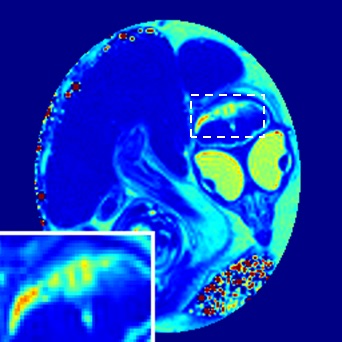A newly published study from researchers working in collaboration with the Regenerative Bioscience Center at the University of Georgia demonstrates fetal death and brain damage in early chick embryos similar to microcephaly — a rare birth defect linked to the Zika virus, now alarming health experts worldwide.
The team, led by Forrest Goodfellow, a graduate student in the UGA College of Agricultural and Environmental Sciences, developed a neurodevelopmental chick model that could mimic the effects of Zika on first trimester development. Historically, chick embryos have been extensively used as a model for human biology.
Early last spring, Goodfellow began inoculating chick embryos with a virus strain originally sourced from the Zika outbreak epicenter.
"We wanted a complete animal model, closely to that of a human, which would recapitulate the microcephaly phenotype," said Goodfellow, who recently presented the findings at the Southern Translational Education and Research (STaR) Conference.
The RBC team, which included Melinda Brindley, an assistant professor of virology in the College of Veterinary Medicine, and Qun Zhao, associate professor of physics in the Franklin College of Arts and Sciences, suggests that the chick embryo provides a useful model to study the effects of Zika, in part because of its significant similarity to human fetal neurodevelopment and rapid embryonic process.
"Now we can look quickly, at greater numbers, and more closely at a multitude of different strains and possibly identify the critical window of susceptibility for Zika virus-induced birth defects," said Brindley. "With this approach, we can continue to further design and test therapeutic efficacy."
The challenge today is processing and producing therapeutic antibodies in preparation for unpredictable disease outbreaks. Having an active pathogen threat like Zika that can jump across continents reinforces the need for therapeutic innovation.
Early stage chick embryos are readily available and low in cost, Goodfellow explained. Development within the egg (in ovo) provides an environment that can be easily accessed by high-speed automation. Poultry automation in the Southeast is impressive, and the industry is now using robotic technology, Goodfellow said.
"With egg injection automation and embryo viability technology, we could test tens of thousands of potential therapeutic compounds in a single day," he said.
Since 2011, under the mentorship of Steven Stice, a Georgia Research Alliance Eminent Scholar and director of the Regenerative Bioscience Center, Goodfellow has worked extensively with eggs and chickens. In a previous project with Stice and Zhao, the team developed a unique approach of marrying stem cell biology and MRI to track and label neural stem cells.
"We knew we could look at the brain structure, shape and size with MRI, but what we captured was evidence that the infection caused MRI-visible damage, and the total brain volume was substantially smaller," said Stice, faculty lead and principal investigator of the study. "From this finding, our data provides a rationale for targeting future therapeutic compounds in treating early-stage microcephaly to stop or slow the progress of the disease."
The study, "Zika Virus Induced Mortality and Microcephaly in Chicken Embryos," is available online.
This work was supported in part by U.S. Environmental Protection Agency STAR grant (83555101), National Science Foundation under the Science and Technology Center, and grant S10RR023706 from the National Center for Research Resources.








